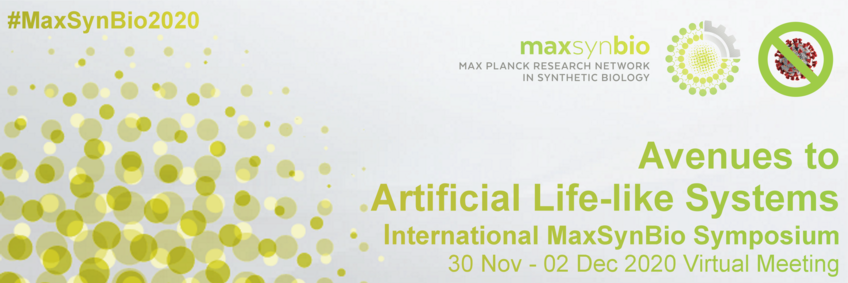
#23 - GUV constriction and motion driven by MinDE Turing-like patterns
Meifang Fu (Max Planck Institute of Biochemistry, Martinsried)
Monday, 30 Nov 21:15 - 22:00 CET
Access to the BigBlueButton rooom for this Mini Talk via the lists for Monday and Tuesday.
Please make yourself familiar with BigBlueButton before you join the Mini Talk - read the instructions.
Abstract
Title: GUV constriction and motion driven by MinDE Turing-like patterns
Author(s): Meifang Fua, Petra Schwillea
Affiliation(s): aMax Planck Institute of Biochemistry, Martinsried
Abstract: The E. coli MinDE system has become a paradigmatic reaction–diffusion system in biology. The membrane-bound ATPase MinD and ATPase-activating protein MinE oscillate between the cell poles, positioning the main division protein FtsZ at midcell. In vitro reconstruction of MinDE on supported lipid bilayer (SLB) results in Min travelling wave and Min stationary patterns that that closely resemble “Turing patterns”. Here, I put GUVs onto SLBs, and then initiating Min Turing-like pattern. Unexpectedly, the GUVs underwent repeated constriction and motion. To investigate the potential mechanism, buffer and protein concentrations were systematically changed. In this mini-talk, I will introduce the membrane system and the main phenomenal results, which hopefully can trigger further discussions.